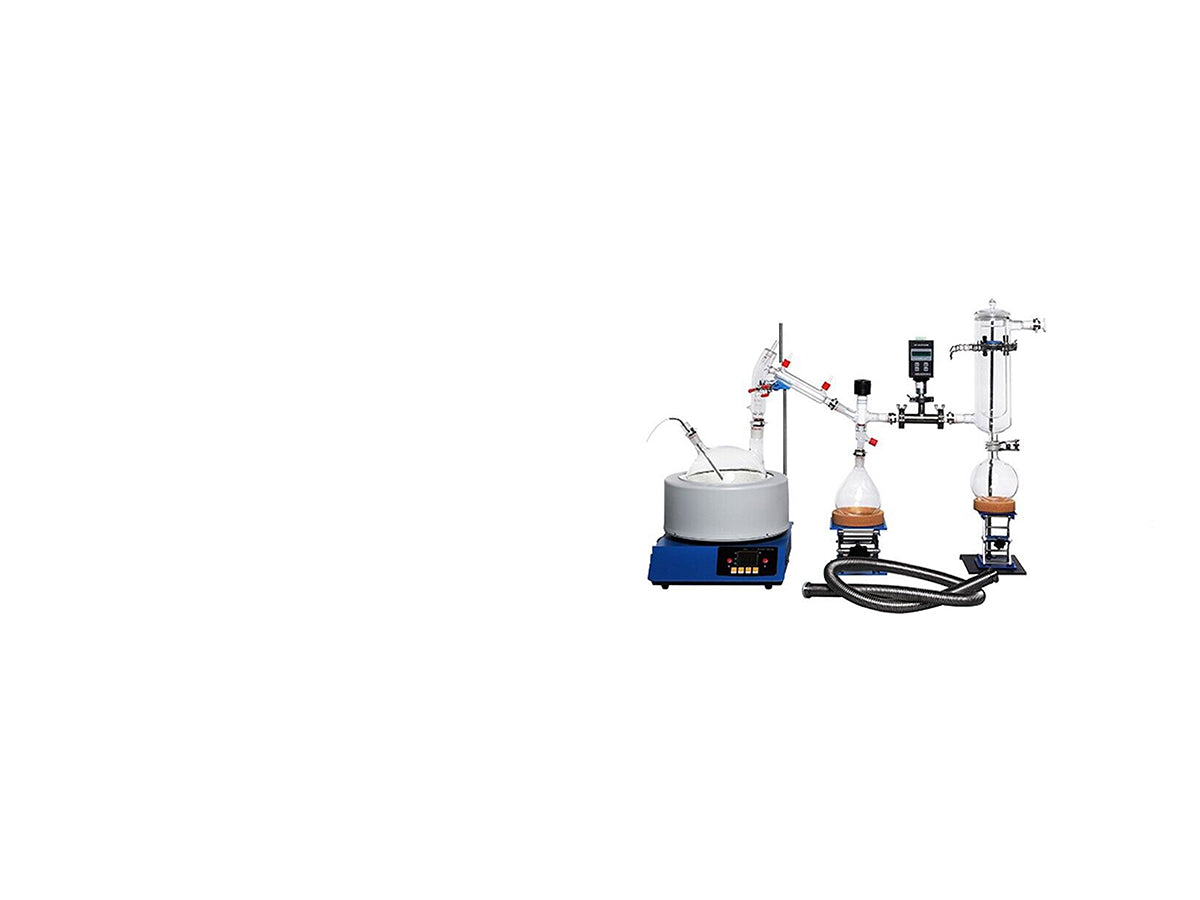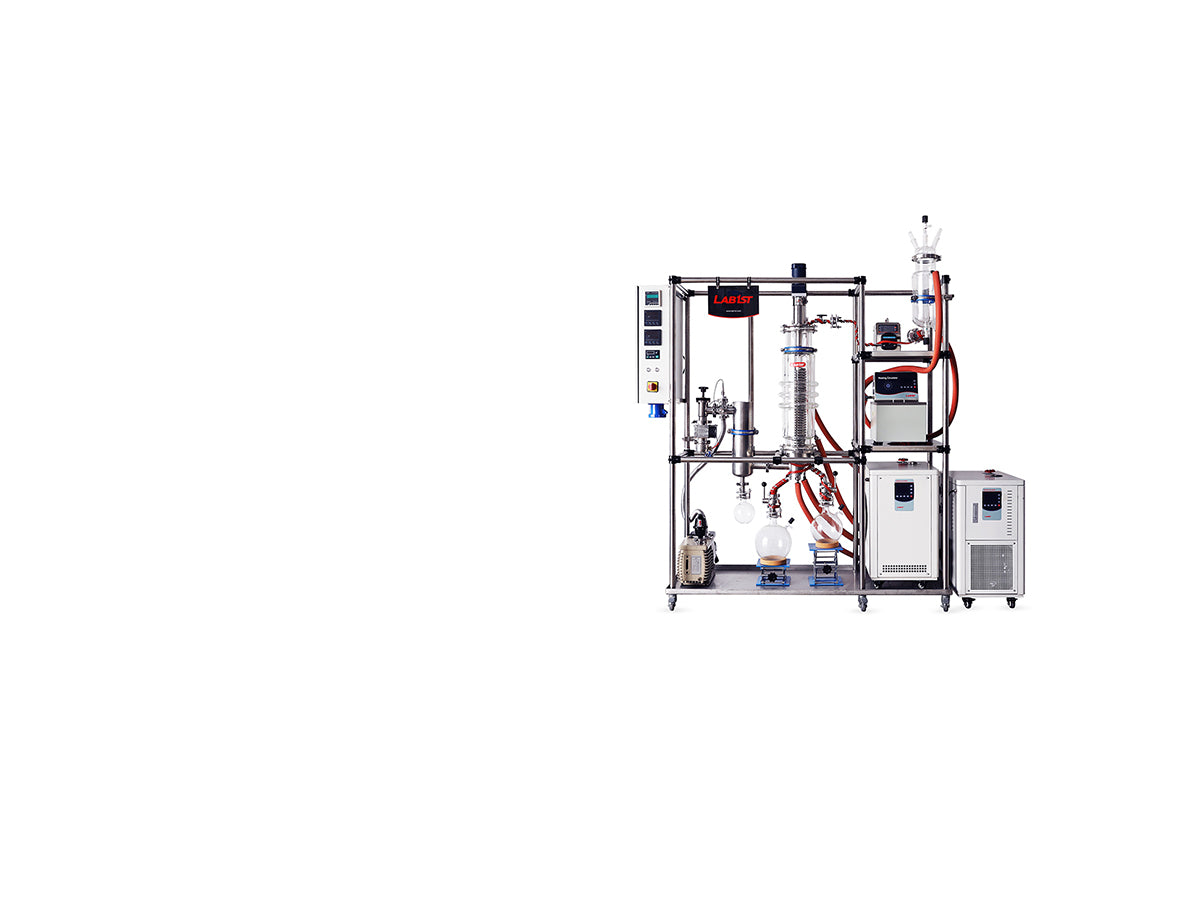Collection: Distillation
Molecular distillation or short path distillation serves as a great tool to purify and separate compounds. Labfirst provides a wide array of molecular distillation units and short path distillation units to meet your laboratory or industrial needs. Our Short Path Distillation Kit and Molecular Distillation setup offers a reliable, efficient solution for separating and purifying liquids and compounds with low boiling points. With an optimized design that features a silent and corrosion-resistant environment, our distillation setup offers users an advanced purification method.
 Short Path Distillation Kit
Short Path Distillation Kit
Short Path Distillation Kit
 Molecular Distillation
Molecular Distillation
Molecular Distillation
Molecular Distillation is a type of short-path vacuum distillation, characterized by an extremely low vacuum pressure. It is a special liquid-liquid separation technology, which is different from the traditional distillation by boiling point difference separation principle, but by different substances molecular movement of the average free path difference to achieve separation.
How does it work?
Feed liquid is delivered from the a feed flask into a columniform evaporation section, getting heating, on the outside, (circulating hot fluid jacket type), and a slotted wiper mechanism forcing liquid around and downward in a thin film on the inside. In the center of the body is a wiped film evaporator with internal cooling condenser, providing a short path for vapor molecules traveling from the heated surface to the condenser surface.
During the itinerary downward, lighter (lower boiling point) fractions of the liquid begin to vaporize, move to the internal condenser and condense, falling down as a liquid into a vessel that catches and separates the distilled liquid (cannabinoid). Heavier residue material (CholorophyII, salts, sugars, heavy wax fractions) does not evaporate and instead travels through the still body and flows into a different receiver flask.
Application
Molecular distillation technique has been successfully utilized in many areas, such as foods, flavors, cannabis/hemp, garlic oil, cod liver oil and chemical and pharmaceutical industries.
In the cannabis distillation process it takes advantage of the melting points of cannabinoids. By using molecular separation, you can separate the THC/CBD from the terpenes, lipids, impurities and solvents, leaving you with an odorless and clear golden distillate.
 Fractional Distillation Unit
Fractional Distillation Unit
Fractional Distillation Unit
Fractional distillation, also known as fractionation, is the process of separating liquid mixtures based on differences in boiling points. lt is widely employed to purify petroleum, alcohol, chemicals, flavors, fragrances, and more. Comparedto traditional distillation, fractional distillation offers enhanced separation forcomponents with closer boiling points.
Labfirst Scientific provides both glass and stainless steel fractional distillation apparatuses with a volume going from 1L to 100L, available from lab scale topilot scale. With over 20 years of expertise in crafting borosilicate glass and stainless steel solutions for the chemical, food, and pharmaceutical sectors, Labfirst Scientific is committed to delivering innovative systems that seamlessly integrate purity, reliability, and superior quality.
